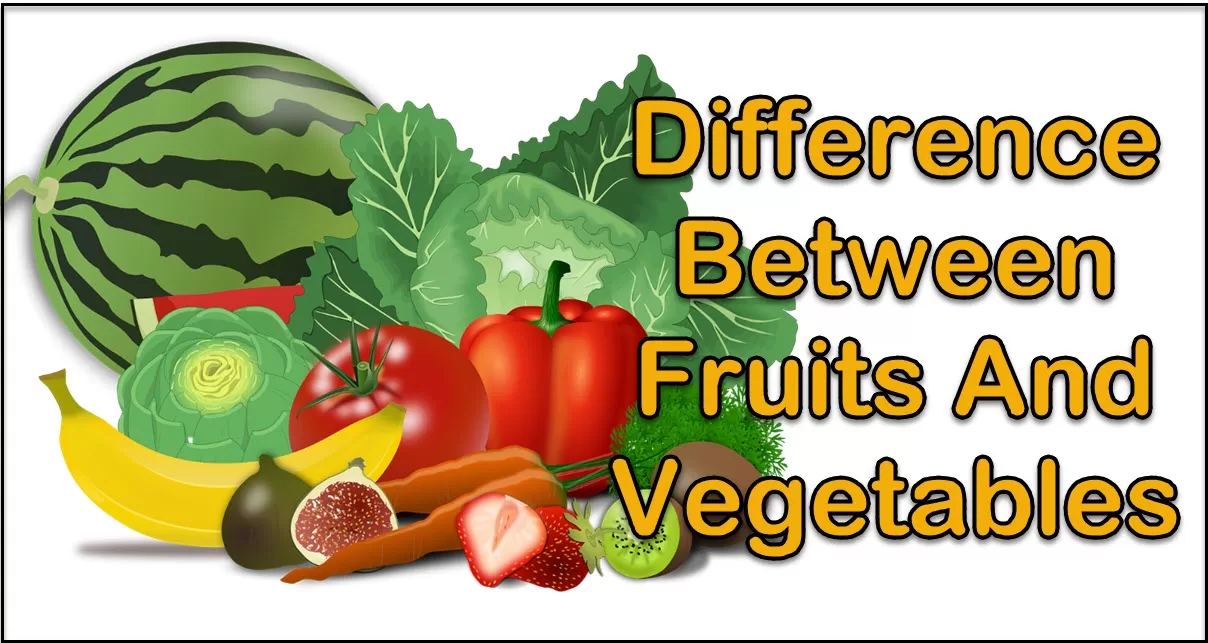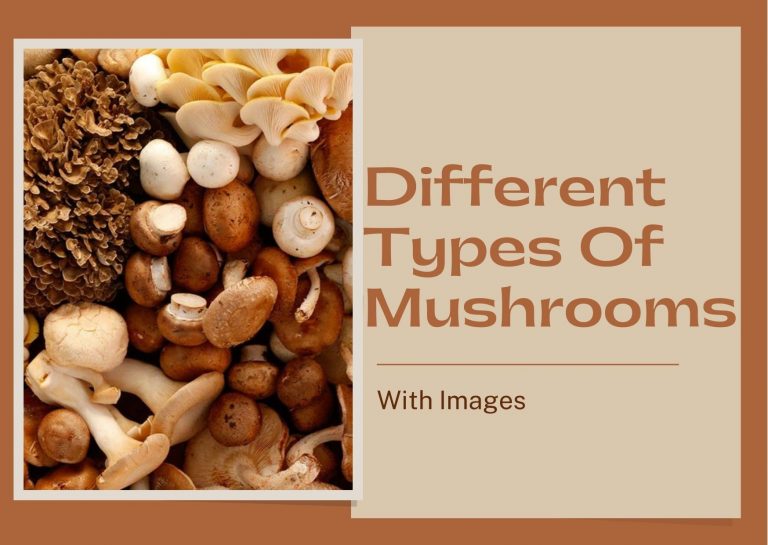What Is The Difference Between Fruits And Vegetables

Are cucumbers fruits or vegetables? You might have heard that a few times before and thought to yourself, what’s the difference between fruits and vegetables?
Fruits and vegetables are healthy plant-based foods, hence, they are a staple diet in many households. But while most people know that they offer numerous nutritional benefits, not as many are aware of the difference between fruits and vegetables.
The difference between fruits and vegetables depends on which perspective you are looking at, whether botanical or culinary.
In this guide, we will focus more on the culinary definitions of fruits and vegetables as they matter in cooking and meal preparations. But no worries, as we will also briefly explain how to spot the difference between fruits and vegetables using the botanical definitions.
Fruit vs Vegetable in Popular View
Many people may confidently say that they know the difference between a fruit and a vegetable. For some people, their definition of fruits is that it is a plant-based produce that is eaten for snacks or dessert. On the other hand, the common definition of vegetables is that they are food that is cooked as part of a dish. That is why many people would say that tomatoes and cucumbers are vegetables. But a gardener or plant lover may oppose this idea since botanically, tomatoes and cucumbers are considered fruits.
Moreover, it is a popular belief that you can classify a produce as fruit if it is sweet and vegetable if it is less flavorful or if it is savory. In terms of taste, this difference is generally true as the majority of fruits we know of have high sugar content (simple sugar called fructose). But there is more to flavor in determining the difference between fruits and vegetables.
Culinary Categories of Fruits and Vegetables
From a culinary perspective, a fruit is a plant-based produce with a tart, sweet or sour flavor while a vegetable has a more savory and mild taste. Because of the tart and sweet taste of fruits, they are normally used for desserts and juices. Vegetables, on the other hand, are best for preparing side dishes or main courses.
Some popular veggies you’ll normally find in a kitchen are broccoli, carrots, flower or roots of certain plants, leafy greens, potatoes and more. However, using taste as an identifier, chefs would also classify tomatoes, corn and eggplants as vegetables, although these foods are botanically considered as fruits. In most recipes, they are listed as vegetables.
There are other usual cases when some botanical fruits are considered vegetables by those in the culinary field. Some of those fruits include avocados, corn, peppers, winter squash, olives, pea pots, pumpkins and zucchini.
Botanical Categories of Fruits and Vegetables
Botanically, fruits and vegetables are classified based on how they are reproduced. So in the botanical perspective, the definition of a fruit is something that develops from the ovary of a flowering plant. For instance, since a tomato comes from the developed ovary of a flowering plant, it is considered a fruit.
Plants with developed flower buds and accessory tissues are also considered fruit, the perfect example of which are peach fruit and banana fruit. More often, fruits are the sweet and plump part of what surrounds the seeds, one example is an apple. But there are also fruits like strawberries that have their seeds on the outside.
On the other hand, vegetables develop from the rest of the plant part such as roots, stems and leaves. So beets, turnips, potatoes, carrot, lettuce, celery and broccoli are perfect examples of vegetables as they are from the different parts of plants except for seeds.
Nutritional Value of Fruits and Vegetables
Even though fruits and vegetables may differ in terms of structure and taste, they have one common trait – they are high in nutritional value. Adding more plant-based products to your kitchen pantry so that you can readily use them in your dishes help promote healthy living.
Here are the specific nutritional content based on the type of fruit or vegetable:
Tubers (vegetable) – High in dietary fiber, vitamin C, beta carotene, B vitamins and potassium.
Berries (fruit) – Rich in anthocyanins and anti-inflammatory compounds that are known to promote heart health and reduce oxidative stress.
Citrus (fruit) – Good source of beta carotene, vitamin C, antioxidants and folate that protect the body against degenerative diseases.
Leafy greens (vegetable) – The green leaves of certain plants are rich in carotenoids which reduces your risk of heart disease.
Pome fruits – Apples and other pome fruits are high in vitamin C, potassium, folate and other minerals that can boost your immune system.
It’s important to note that while fruits and vegetables are widely used in cooking and baking, generally, these foods are most nutritious when eaten raw.
Takeaway
Going back to the question at the introduction if cucumbers are fruits or vegetables, the answer is: it depends on the approach you take. You can say they are fruits if you take the botanical approach, or vegetables if you take the culinary approach.
You may therefore ask, what’s the better way of identifying the difference between a fruit and a vegetable – do we use the botanical or culinary approach?
You may choose either approach because in the end, it’s really the substance that matters. For instance, if you are a chef, you need to understand the individual characteristic of a specific food, regardless if it is classified as a fruit or a vegetable. You should at least know its taste and texture so you can properly incorporate it into your dish.
On the other hand, if you are into planting or gardening, taking the botanical perspective may apply to you as it helps you understand how to grow or propagate a specific food.





